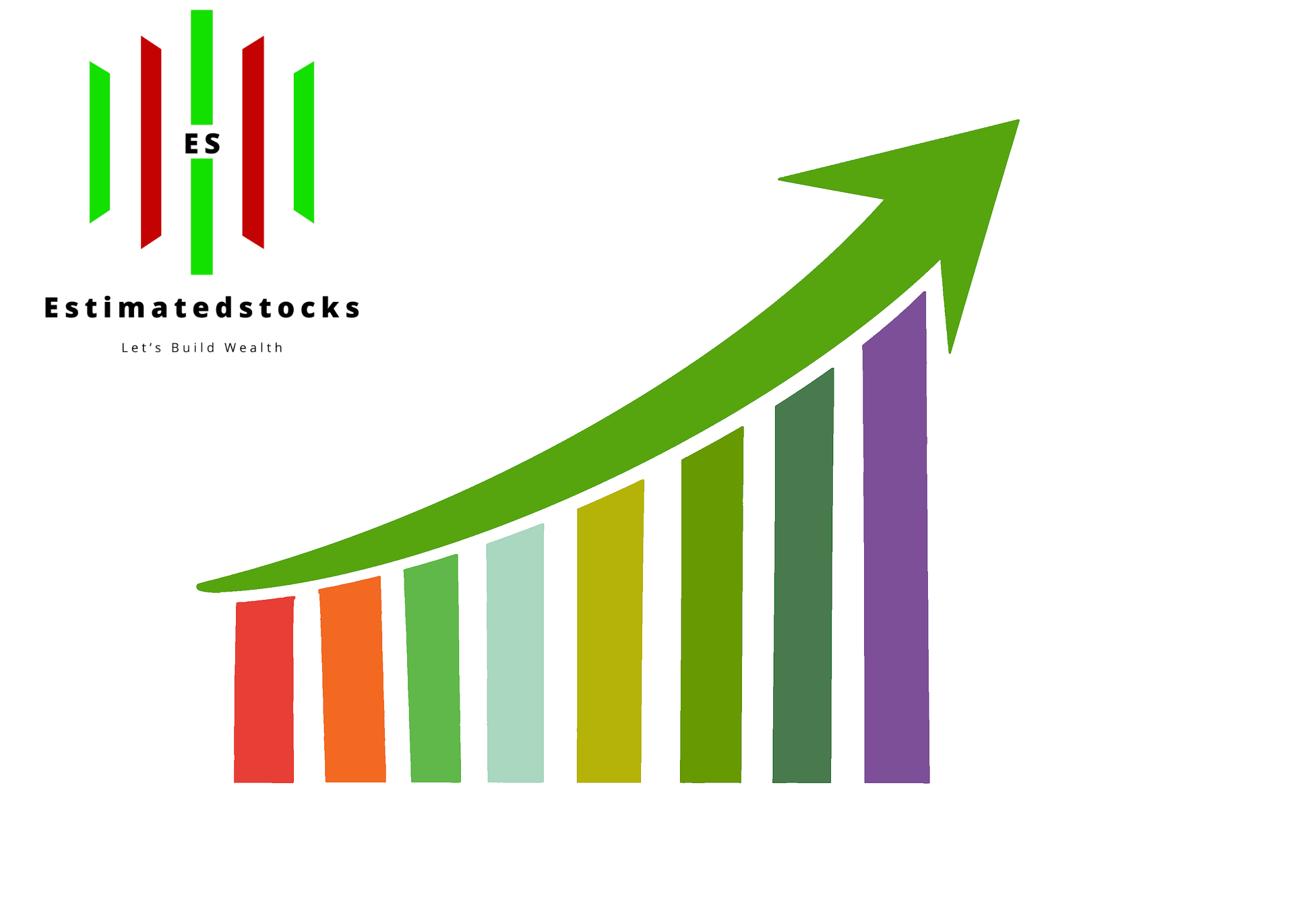
Geopolitical tensions and central bank policies fuel oil and gold gains, while US stocks rise amid increased liquidity. Can markets sustain this momentum?
Market Sentiment and Central Bank Policies Impacting US Stocks and Commodities
Global markets have been navigating through a complex web of factors, including geopolitical tensions, central bank actions, and fluctuations in key sectors like energy. These dynamics are playing a crucial role in influencing market sentiment and driving the performance of stocks, particularly in the US. Investors are closely monitoring how these elements interact, with a particular focus on the Federal Reserve's monetary policies, the energy sector, and commodity prices, notably oil and gold.
Geopolitical Tensions and Their Influence on Oil and Gold

The recent escalation of tensions in the Middle East, particularly between Iran and Israel, has significantly impacted commodity markets. The firing of missiles by Iran towards Israel has raised concerns about potential disruptions in oil supply from the region, which remains critical to global energy needs. As a result, oil prices have surged, reflecting the market's sensitivity to geopolitical risks. With the Middle East being a major hub for oil production, any threat to stability in the region sends shockwaves through the energy sector, leading to increased prices for both crude oil and related stocks.
Energy companies, particularly those involved in oil and gas exploration, production, and refining, are seeing gains as a result of these higher oil prices. The short-term outlook for these companies remains favorable as long as tensions persist. However, this also introduces increased volatility into the energy market. If the situation in the Middle East deteriorates further, oil prices could spike even higher, benefiting energy stocks but creating instability in the broader market.
Gold, often viewed as a safe-haven asset during times of uncertainty, has also seen price increases. The ongoing geopolitical tensions, coupled with economic uncertainties, have driven investors toward gold as a way to protect against risk. Gold prices have approached record levels, indicating strong demand for this asset class in times of market instability. When investors are uncertain about the future of equity markets or global economies, gold tends to perform well due to its status as a store of value.
Central Bank Policies and Market Liquidity
Central banks, particularly the Federal Reserve, are playing a pivotal role in shaping market movements. In response to global economic uncertainties and inflationary pressures, the Fed has adopted a more dovish stance, cutting interest rates and signaling a willingness to continue this easing cycle. The most recent rate cut of 50 basis points is part of a broader strategy to increase liquidity in the market and support economic growth. Lower interest rates reduce borrowing costs, making it easier for businesses to expand and for consumers to spend, which in turn drives stock market gains.
Other central banks around the world are following a similar path. The European Central Bank, for instance, is expected to reduce rates further in its upcoming meetings, while China has introduced stimulus measures aimed at boosting its domestic economy. These moves are increasing global liquidity, which is generally supportive of stock markets. As money supply grows, investors are more likely to put their funds into riskier assets, such as stocks, in search of higher returns.
However, there is a potential downside to this influx of liquidity. Increased liquidity can lead to speculative behavior, where investors bid up stock prices based on the expectation of continued easy monetary policy rather than underlying economic fundamentals. This has already been observed in US stock markets, where forward price-to-earnings (P/E) ratios for major indices like the Nasdaq and S&P 500 are at elevated levels. When valuations are this high, stocks become more vulnerable to corrections if market sentiment shifts or if economic growth does not meet expectations.
For the energy sector, higher oil prices resulting from geopolitical tensions provide a short-term boost, but central bank policies could add another layer of complexity. If interest rates remain low and liquidity continues to flow into the market, energy stocks may benefit further, especially as oil prices rise. However, the speculative risk remains—particularly if oil prices reach unsustainable levels or if geopolitical tensions ease, leading to a potential drop in prices.
In the case of gold, central bank policies are likely to have a different effect. While gold benefits from risk-off sentiment driven by geopolitical uncertainties, it could also be affected by how central banks manage inflation. If inflationary pressures rise due to excess liquidity and central banks are forced to raise rates again, this could dampen the appeal of gold, which generally thrives in a low-interest-rate environment. On the other hand, if inflation remains under control and central banks continue to maintain loose monetary policies, gold may continue its upward trajectory as investors seek refuge from market volatility.
Author’s Analysis: How Central Bank Policies and Market Sentiment Drive US Markets
The current market environment, driven largely by central bank policies and geopolitical tensions, presents both opportunities and risks for investors. On the one hand, the dovish stance of the Federal Reserve and other central banks has injected significant liquidity into the markets, pushing stock prices higher. US stocks, particularly in sectors like technology, have benefited from this easy monetary policy, with investors pouring money into growth stocks in search of returns.
However, the high valuations observed in these markets signal a growing concern. Forward P/E ratios above 20 for key indices suggest that stocks may be overvalued, leaving little room for further upside unless corporate earnings improve. The fear of missing out (FOMO) has driven speculative investments, pushing stock prices higher even in the face of economic uncertainty. If the Federal Reserve or other central banks are forced to reverse course and raise interest rates to combat inflation, the resulting shift in market sentiment could trigger a sharp sell-off, particularly in overvalued sectors like technology.
In contrast, the energy sector, particularly oil and gas, is seeing gains driven by rising oil prices. As geopolitical tensions in the Middle East persist, the supply concerns are likely to keep oil prices elevated, benefiting energy companies in the short term. However, this sector is also prone to volatility, and any resolution of the tensions could lead to a quick reversal in prices. Investors in this space need to remain cautious and monitor geopolitical developments closely.
For gold, the outlook is closely tied to both market sentiment and central bank actions. In times of uncertainty, gold remains a strong asset for those seeking protection against market risk. As long as the Federal Reserve and other central banks maintain their dovish policies, gold is likely to remain attractive to investors. However, any significant tightening of monetary policy could reduce gold's appeal, especially if other investment opportunities become more lucrative.
While central bank policies are currently driving market gains, the risks of overvaluation and speculative behavior are rising. Investors must remain vigilant, balancing the potential for further gains with the possibility of corrections in both equity markets and commodities like oil and gold.
Independent Analysis & No Investment Advice EstimatedStocks AB is an independent financial research platform. This publication is ...
Author
The Editorial Team at estimatedstocks.com is a dedicated group of financial market analysts, researchers, and writers committed to providing accurate, timely, and insightful content for investors and financial enthusiasts. With a deep understanding of global markets, macroeconomic trends, and investment strategies, the team at estimatedstocks.com ensures that readers are well-informed to make smart financial decisions. Our editorial team specializes in analyzing stock performance, market trends, and economic indicators, offering expert commentary and in-depth reports on the ever-evolving world of finance. We aim to bridge the gap between complex financial data and practical investment insights, making the markets accessible to everyone—from seasoned investors to those just starting their financial journey. At estimatedstocks.com, our content is driven by thorough research, critical analysis, and a commitment to delivering objective, fact-based reports. Whether it’s stock market forecasts, company earnings reviews, or sector-specific deep dives, the Editorial Team is focused on helping our audience navigate the financial landscape with confidence. Our mission is to empower investors by providing them with the tools and knowledge to make informed decisions in an unpredictable market.


